When building a portfolio, an investor can introduce risks to their investments without even realizing it. These can include not understanding your risk tolerance and putting too much risk in your bond portfolio. We will discuss each of these in more depth below and potential solutions.
Determining Your Risk Tolerance
“Risk is low when investors behave prudently and high when they don’t.”
-Howard Marks, Oaktree Capital Management
-Howard Marks, Oaktree Capital Management
Risk tolerance is very personal, and while finance has numerous ways to quantify risk, it is ultimately your ability to take losses that defines your risk tolerance. In Behavioral Economics, the theory of loss aversion refers to people’s tendency to feel more pain from losses than gains, i.e., you are more unhappy losing five dollars than you would be happy finding five dollars. This concept is critical because your ability to take the pain of losses will ensure you stay invested and committed to your investment plan.
In 2008 when the stock market sold off by more than 50%, numerous investors sold their stocks and never bought back in. Someone who sold at the bottom took a double hit; not only did an investor sell and lose half their money, they had such strong negative emotions they never bought back in, and their investments never had a chance to recover. When your portfolio accurately reflects your risk tolerance, it is easier to ride out the ups and downs of the market and stay invested for the long run, giving your money a chance to continue to grow.
Determining your risk tolerance involves looking at your investment goals, e.g., if you are saving for a down-payment on a home in the next five years your willingness to lose that money is much lower; however, if you are saving for retirement in 30 years, you might be able to better stomach losses, knowing that in the long run, stocks tend to have positive returns.
In 2008 when the stock market sold off by more than 50%, numerous investors sold their stocks and never bought back in. Someone who sold at the bottom took a double hit; not only did an investor sell and lose half their money, they had such strong negative emotions they never bought back in, and their investments never had a chance to recover. When your portfolio accurately reflects your risk tolerance, it is easier to ride out the ups and downs of the market and stay invested for the long run, giving your money a chance to continue to grow.
Determining your risk tolerance involves looking at your investment goals, e.g., if you are saving for a down-payment on a home in the next five years your willingness to lose that money is much lower; however, if you are saving for retirement in 30 years, you might be able to better stomach losses, knowing that in the long run, stocks tend to have positive returns.
Risk in Your Bonds
The last topic is proper asset diversification. Bonds are a great way to hedge equity risk; this is because when stocks drop, investors buy bonds for their guaranteed return. However, not all bonds are the same nor do they all behave the way investors might expect. Besides being a source of stability, bonds are a source of income and bond funds typically pay out monthly income to investors. Bonds are important for people in retirement as they begin living off the income from their portfolio. The problem arises because bonds that pay more are typically riskier. Much like a borrower has to pay a higher interest rate the lower their credit score, bond issuers pay higher interest rates the more dangerous their finances. During periods where stock returns are negative, high yield bonds tend to lose money, which can magnify investors losses. Higher yielding bonds go down during market sell-offs because the expectation is that these companies are not doing as well.
It is essential to balance the risk of your bond portfolio with your equity portfolio and make sure that your bond portfolio will offset some of the losses in your equity portfolio, allowing you to rebalance and purchase stocks at lower prices. Bonds that offset market risk are typically high-quality investment-grade corporate bonds and US Treasuries. While these bonds might pay very little, they help lower your portfolio risk. When purchasing a bond fund, don’t look for the one with the highest yield, look for funds that focus strictly on high-quality investment-grade bonds.
Being mindful of these risks will help ensure that your portfolio will be able to meet your goals in life. Often working with a financial professional can help you identify risks with your investment portfolio and help ensure you stay on track for the future.
It is essential to balance the risk of your bond portfolio with your equity portfolio and make sure that your bond portfolio will offset some of the losses in your equity portfolio, allowing you to rebalance and purchase stocks at lower prices. Bonds that offset market risk are typically high-quality investment-grade corporate bonds and US Treasuries. While these bonds might pay very little, they help lower your portfolio risk. When purchasing a bond fund, don’t look for the one with the highest yield, look for funds that focus strictly on high-quality investment-grade bonds.
Being mindful of these risks will help ensure that your portfolio will be able to meet your goals in life. Often working with a financial professional can help you identify risks with your investment portfolio and help ensure you stay on track for the future.

